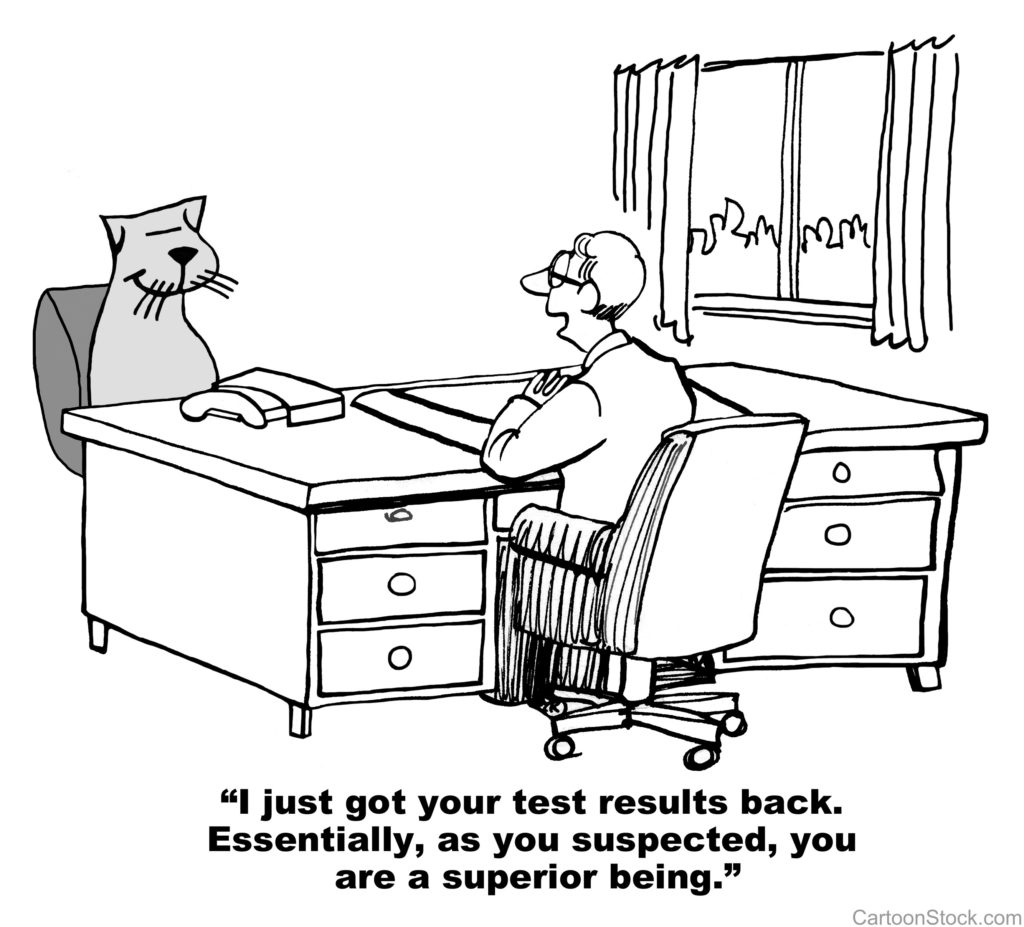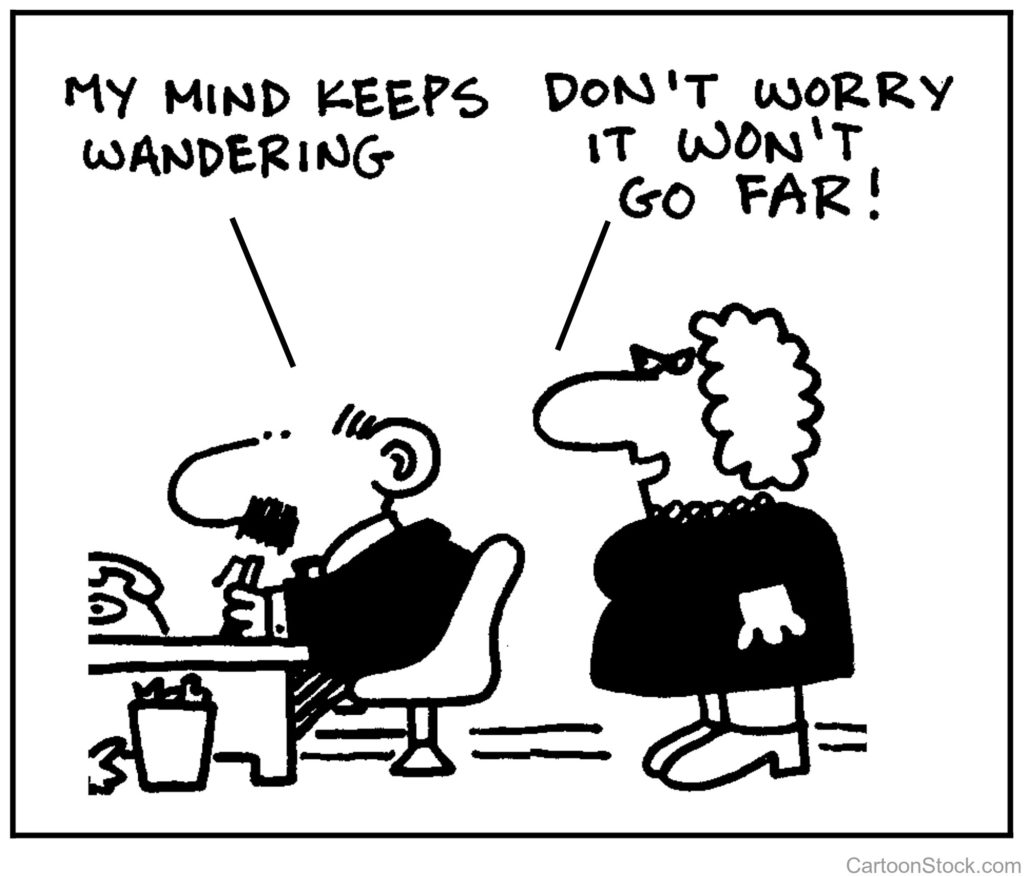
The greatest enemy of knowledge is not ignorance, it is the illusion of knowledge.
– Stephen Hawking
Several years after graduating from medical school, a group of physicians who had graduated from the same class were each asked how he or she ranked in their graduating class. They all responded “in the top 50%.”
At least 50% of the group suffered from a cognitive bias known as illusory superiority—most of us think we are better than we really are. We overestimate our own qualities and abilities relative to the qualities and abilities of other people.
Most people, when asked to rate themselves relative to certain abilities and traits—such as intelligence, charitableness, or how well they can drive—give themselves above-average grades, such as a score of 7 out of 10. But by definition, it’s impossible for a majority of people to be above average.
David Dunning, a psychologist at Cornell adds to the conversation:
- Studies have shown that incompetent people are more likely to overestimate their skills, whereas top performers are more likely to underrate themselves.
- Most people do well assessing others, but are wildly positive about themselves. “When it comes to us, we think it’s all about our intention, our effort, our desire,”
- North Americans seem to be the kings and queens of overestimation. In general, Western culture values self-esteem, while Eastern cultures value self-improvement. [From WiseGeek.com September 17, 2018]
Here’s a great YouTube video about illusory superiority (also called the Dunning-Kruger effect).
“The whole problem with the world is that fools and fanatics are always so certain of themselves and wiser people are so full of doubt.”
—Bertrand Russell
[reminder]What are your thoughts about this essay?[/reminder]
Tale of Three Cities trip
Last month, 36 friends joined me on a 15-day European tour to London, Paris, Lisbon, Gibraltar, Barcelona, Toulon, Florence, and Rome. Traveling with friends is among the most rewarding experiences in life. We had an unlawful amount of fun, made memorable moments together, learned a lot, ate too much, and returned safe and sound.
I’ll announce the next travel-with-friends trip in January.












 Ninety percent of the time, we live solely with our own thoughts. Sometimes we are entertaining someone else’s thoughts—when we read a book, watch a movie, engage in conversation, or listen to a podcast—but during most of our waking hours, we only hear our own “voice.”
Ninety percent of the time, we live solely with our own thoughts. Sometimes we are entertaining someone else’s thoughts—when we read a book, watch a movie, engage in conversation, or listen to a podcast—but during most of our waking hours, we only hear our own “voice.” When I was growing up…
When I was growing up… The “curse of knowledge” occurs when a person has such mature and advanced knowledge in a specific area that he cannot remember what it’s like to not have this knowledge. This makes it harder to identify with people who don’t have this knowledge base. It also inhibits our ability to explain things in a manner that is easily understandable to someone who is a novice.
The “curse of knowledge” occurs when a person has such mature and advanced knowledge in a specific area that he cannot remember what it’s like to not have this knowledge. This makes it harder to identify with people who don’t have this knowledge base. It also inhibits our ability to explain things in a manner that is easily understandable to someone who is a novice.